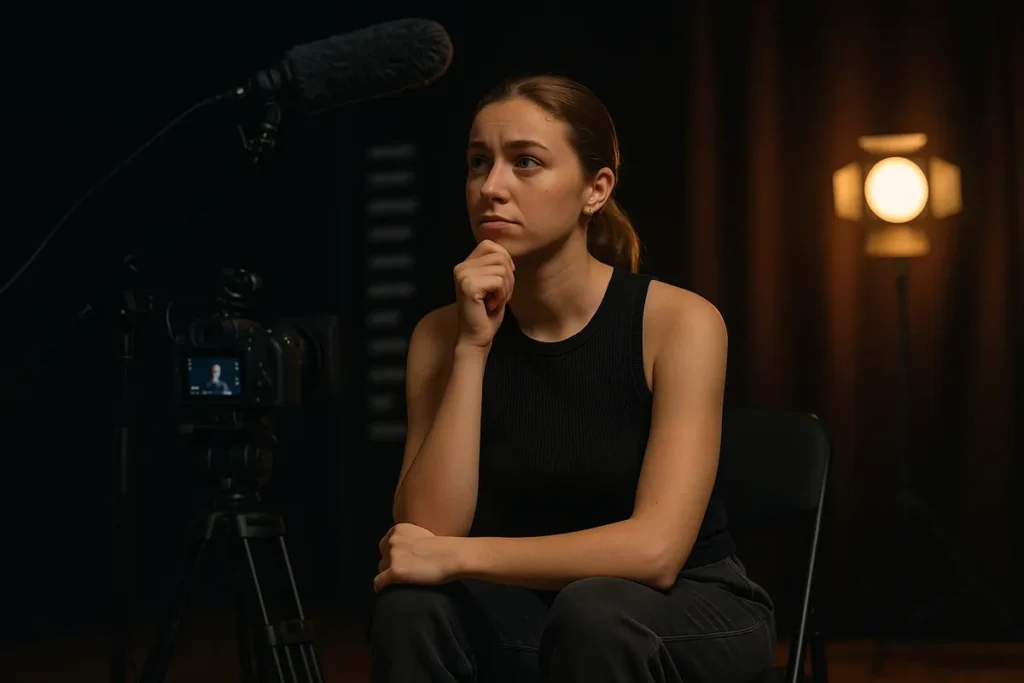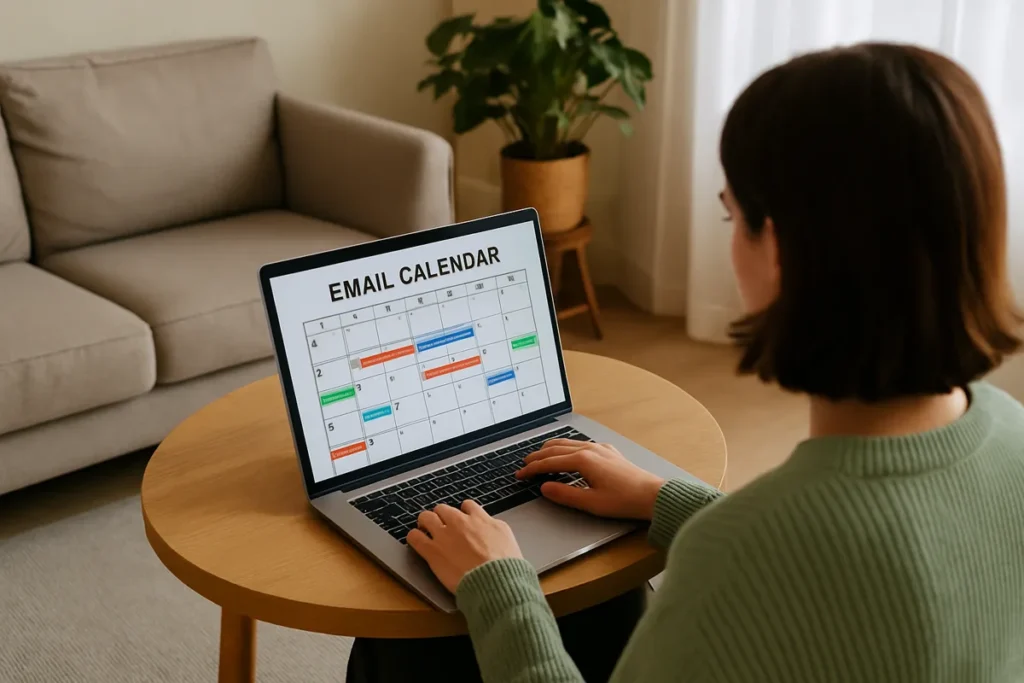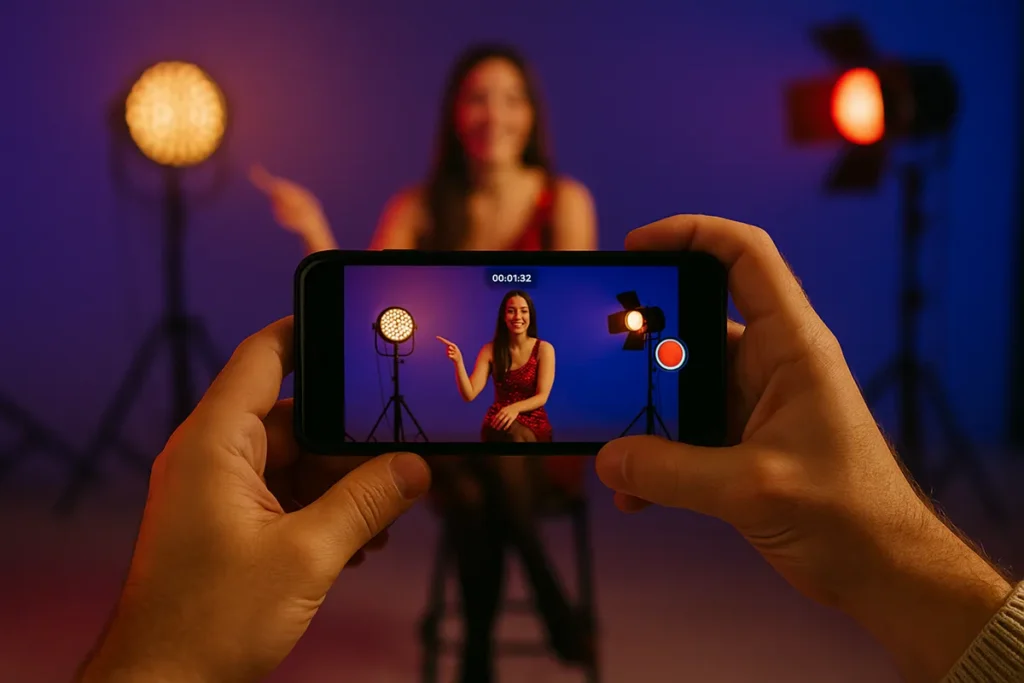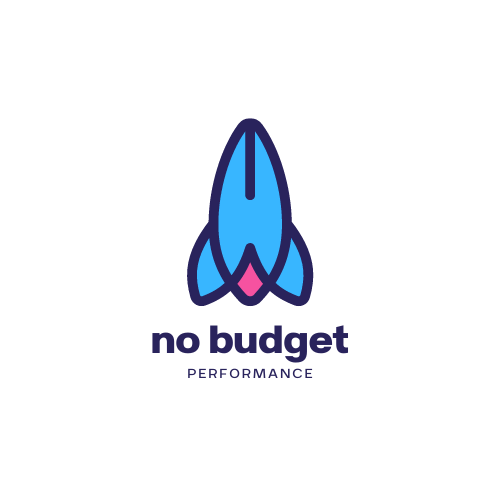Email Marketing for Performance Artists: Build and Engage Your Fanbase
Many artists worry about reaching fans without spending hours online. Social media posts vanish. Algorithms change. You never know who sees what.
That’s why email marketing for artists is worth your time. It’s direct. It’s reliable. It’s yours.
Email gives you control. You send what you want, when you want, to people who truly want to hear from you. No noise, no guesswork. Just a real connection. It’s one of the most powerful tools you can use to grow a loyal audience.
Plus, many performance artists are already seeing the benefits. With the right approach, it can help you sell more tickets, book more gigs, and build stronger fan relationships all from your inbox.
This guide will break it down step by step. You’ll learn how to use email marketing without overwhelm, even if you’ve never done it before.
Let’s get started.
Why Email Marketing Still Works
Posting on social media is easy. Reaching fans through it is not.
Social media platforms are unpredictable. One day, your reel gets shared widely. Next, it disappears into the void. Likes don’t always mean ticket sales, and even your biggest fans can miss your updates.
Email works differently.

Here’s why it’s still one of the most effective ways to support your art and reach your people:
- You control when your updates are seen
- Your followers don’t miss out due to shifting algorithms
- You’re not relying on third-party platforms to do the work
With email, you send a message and know it lands. That’s the difference.
Successful email marketing doesn’t need to be complicated. It works best when it’s personal, consistent, and focused on the things your fans care about. That could be upcoming shows, your creative process, or small wins you want to share.
And the best part? Your emails keep building value over time. They support your marketing efforts quietly in the background, helping your audience stay connected even when you’re not posting daily.
When you treat your email list like a backstage pass, your fans will stick around for the long run.
Choosing the Right Email Marketing Platform
As a performance artist, your time is already stretched thin. Between rehearsals, gigs, and travel, the last thing you need is a complicated system to manage your email updates.
The good news? You don’t need one.
Focus on what works for your art business. A good platform makes it easy to send emails, grow your list, and keep your audience informed without taking up hours of your week.
Here’s what to look for:
- A layout that’s easy to use without tutorials
- Automation that handles welcome messages or shows reminders
- Emails that look good on all devices, especially mobile devices
These tools are popular with creatives:
- Kit – great for solo creators with simple workflows
- Mailchimp – beginner-friendly, with solid free options
- Flodesk – clean visuals, ideal if your work is visual-heavy
Whichever email marketing platform you choose, make sure it helps you move fast and stay focused.
Don’t aim for perfection. Aim for doable. Your first emails won’t win design awards, and that’s fine. What matters is staying connected with people who care about what you create.
Pick one, try it, and send that first message.
Building Your Email List Without Being Annoying
Most people won’t give you their email just because you asked. But they will if you offer something they actually care about.

Here’s what works:
- Behind-the-scenes content they can’t find anywhere else
- Early access to tickets, shows, or merch
- A free download, like a sample track or a digital artwork
- Invitations to small performances or art shows
These offers feel like a reward, not a trade.
Make it easy for people to sign up. Just ask for a first name and an email. Keep the form short so it feels quick and effortless. Place it where your audience already interacts with you, like on your website, social media, or even in your email signature.
In person still works, too. A simple sign-up sheet at your merch table can go a long way. Or try a printed QR code that leads to your form. Most people are happy to scan it on the spot if they’re already enjoying your work.
You don’t need thousands of subscribers. A few hundred people who genuinely care can pack a room, share your work, and make a real impact.
As your list grows, keep it personal. People stick around when they feel seen, not just collected.
Create an Email Calendar You’ll Stick To
It’s easy to start sending emails with good intentions, then stop when other things take over. Gigs, travel, planning. It all adds up. When your emails drop off, so does engagement.
Consistency makes a difference. Even a short monthly update helps you stay connected without burning out.
That’s where an email calendar helps.
It takes the pressure off. You don’t need to come up with something new every time. Just plan a simple cycle and repeat it.
Here’s one you can follow monthly:
- Week 1: Show dates, ticket links, and rehearsal previews
- Week 2: A story or moment from your process
- Week 3: Photos, video, or updates on new work
- Week 4: A bonus such as a Q&A, discount, or short behind-the-scenes post
Change the order or mix in different messages when needed. This structure gives you freedom, not rules.
Your email schedule doesn’t need to be strict. You can send updates once a month or every couple of weeks. Just keep it consistent enough that your audience doesn’t forget you.

Try writing all four in one sitting, saving them as drafts, and scheduling them for later. Most email tools let you do this with a few clicks.
Also, spend a moment on your subject line. It’s the first thing fans see, and it helps your email get opened.
Keep It Simple, Keep It You
If writing emails feels awkward, you’re not alone. Many artists overthink it. They worry about sounding too casual or too serious. The truth is, your fans just want to hear from you.
Your voice is what makes the message work. If you talk like you’re explaining something to a friend, your emails will feel natural and easy to read.
To make things even smoother:
- Use basic email templates so you’re not starting from zero each time
- Save ideas as they come, even if it’s just a quick note on your phone
- Add one or two high-quality images that show your work or setup
Don’t feel pressured to sell something every time. Updates about your process or small moments from your day help your target audience feel closer to your journey.
What matters most is that your message sounds like you. If your email shows your personality and your own artwork, people will read it, remember it, and keep coming back for more.
Real-World Examples: How Artists Use Email Marketing
Email is a way to build long-term value from your work. Many artists use it to sell, grow, and connect without relying on algorithms or constant posting. The best part? These emails aren’t complex. They’re personal, clear, and built on simple routines.
Here are real examples of how artists use email to keep momentum and stay connected.
Event Announcements
A performance duo from Melbourne sends monthly updates with details about upcoming art shows and small theatre events. Each email includes dates, venue links, and short descriptions of what to expect. Over six months, they noticed a consistent bump in early ticket sales and a stronger crowd at less-promoted gigs. Their subscriber list also doubled.
Art Showcases
A solo illustrator in Perth shares a mix of finished digital works and messy drafts. She talks through her creative process in plain language. This transparency helped her audience feel more involved and led to more purchases from her online store. Many of those buyers became repeat collectors.
Exclusive Offers
One singer-songwriter launched a set of limited edition prints featuring handwritten lyrics and original sketches. These were only offered to her email subscribers. They sold out in three days. It also boosted traffic to her music releases and helped her track who was most engaged.
Digital Extras
An experimental artist from Sydney includes free digital downloads with every monthly email. These range from printable posters to audio loops. This approach kept her subscriber-based community active, and she saw more shares and replies without spending on ads.
Behind-the-Scenes Access
A Brisbane-based ensemble shares raw clips from rehearsals and setup days before big performances. They also promote joint events with art galleries and other artists they’ve met through their creator network. These emails help them cross-promote effectively and fill spots at pop-ups and craft fairs.

Measurable Impact
Another artist began testing subject lines and sending times. By watching her click-through rate and using replies for feedback, she saw more readers move from the inbox to the ticket page. Her email list has now become her main source of leads for her live show’s offers and bookings.
Let Email Support Your Art, Quietly and Consistently
Email is one of the best ways to reach your audience and build a deep connection.
For many creatives, email marketing for artists is the part of the process that finally makes things click. It gives you control over when and how your audience hears from you. That matters more than chasing trends or hoping an algorithm works in your favour.
You don’t need long updates or big announcements. A single image, a few words, or a new piece of art is often enough.
The right subject line gets it opened. A real story keeps it read. Bit by bit, your emails become the thread that ties your work together.
As your art business grows, having a website makes this even stronger. It gives fans a home base to explore more art, join your list, or buy your work.
If you’re looking for help, No Budget Performance offers creative website design suitable for performance artists. It’s a simple way to show your work, grow your audience, and keep your momentum going.
